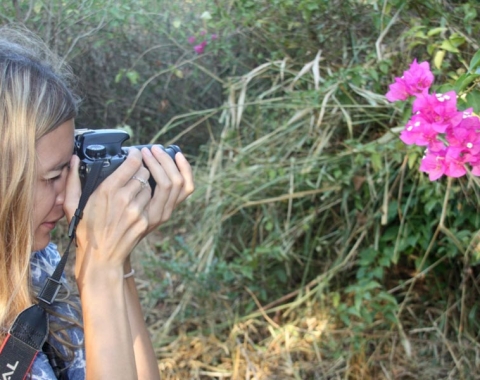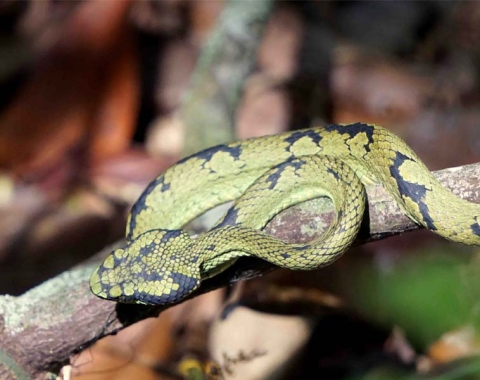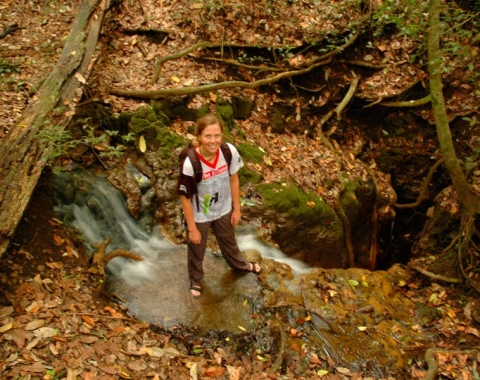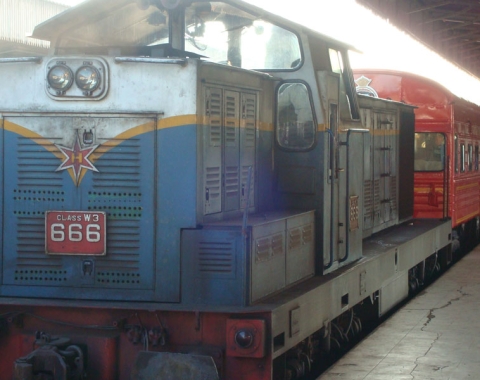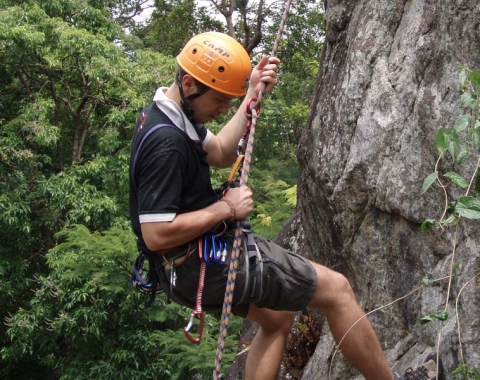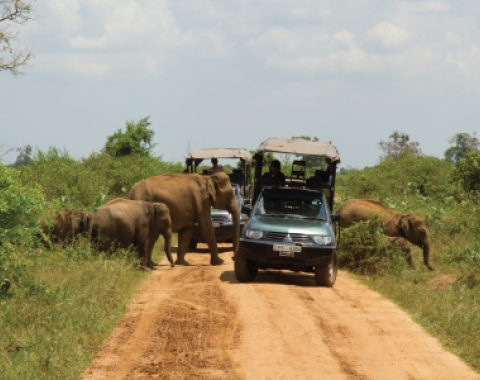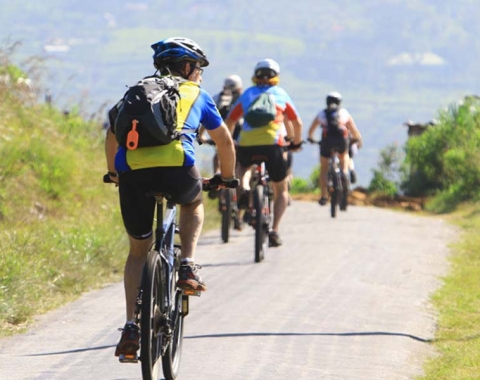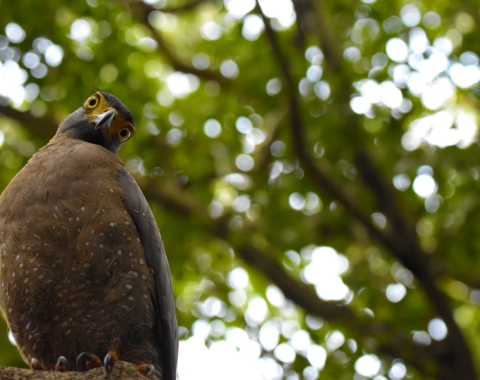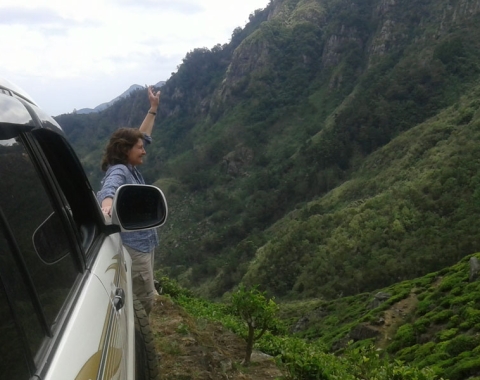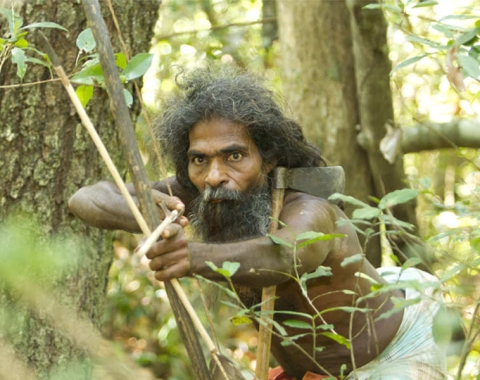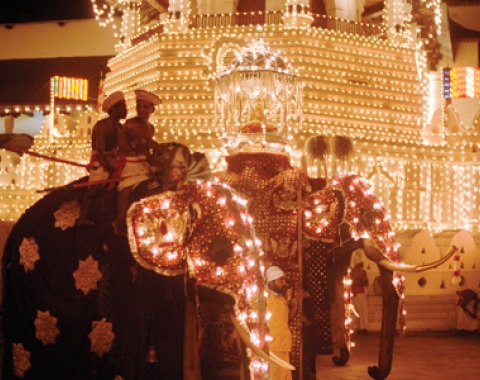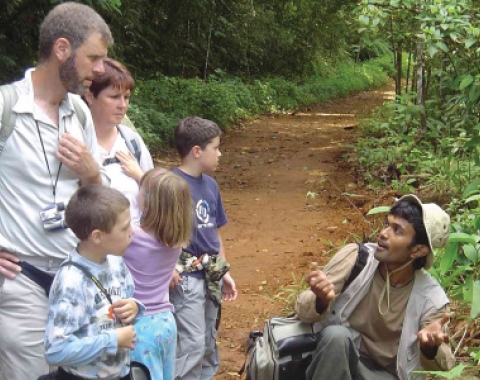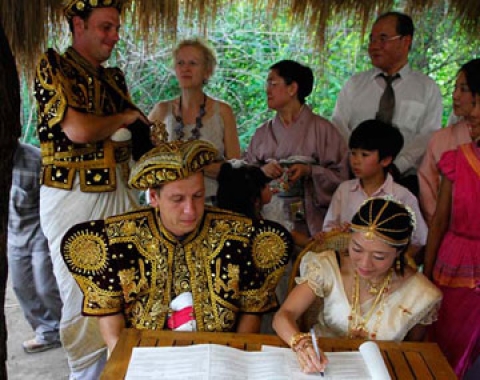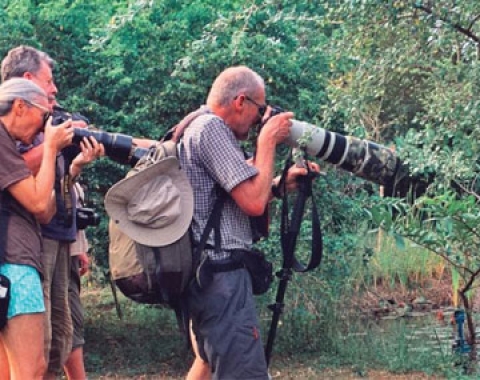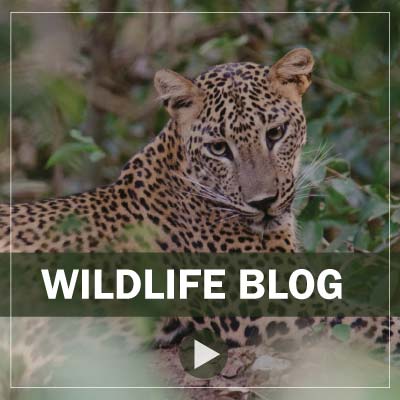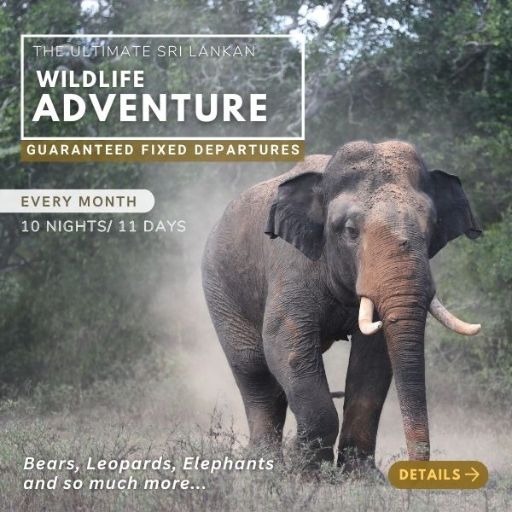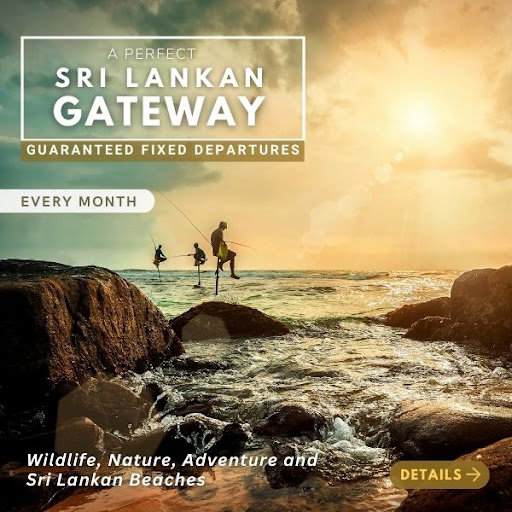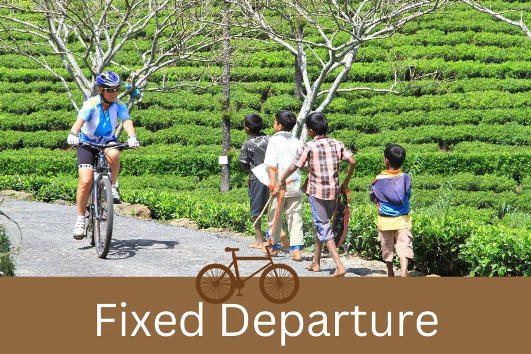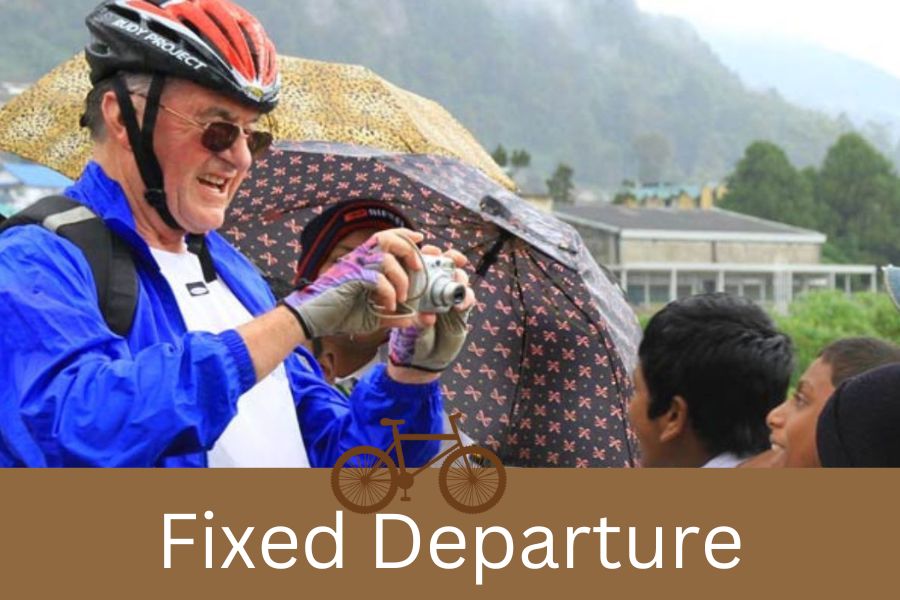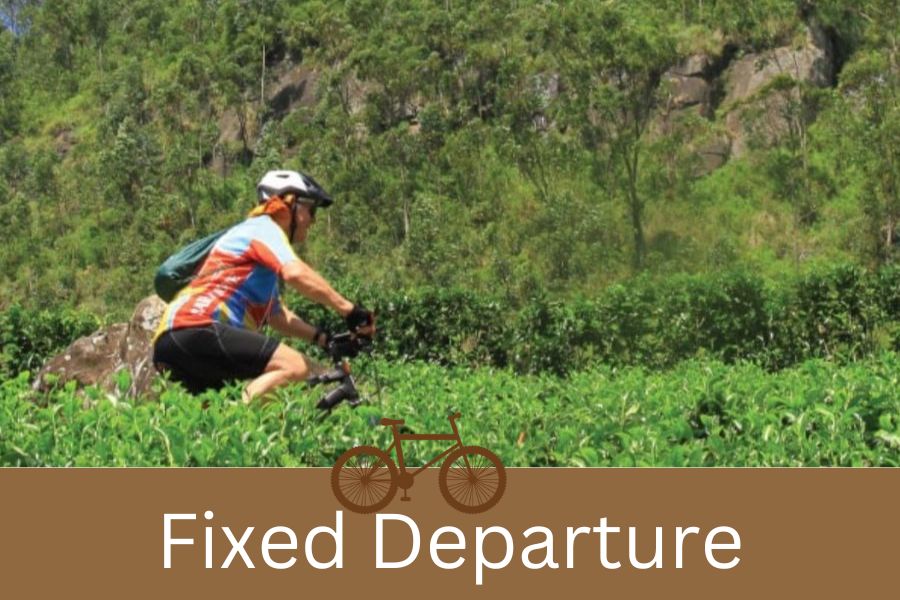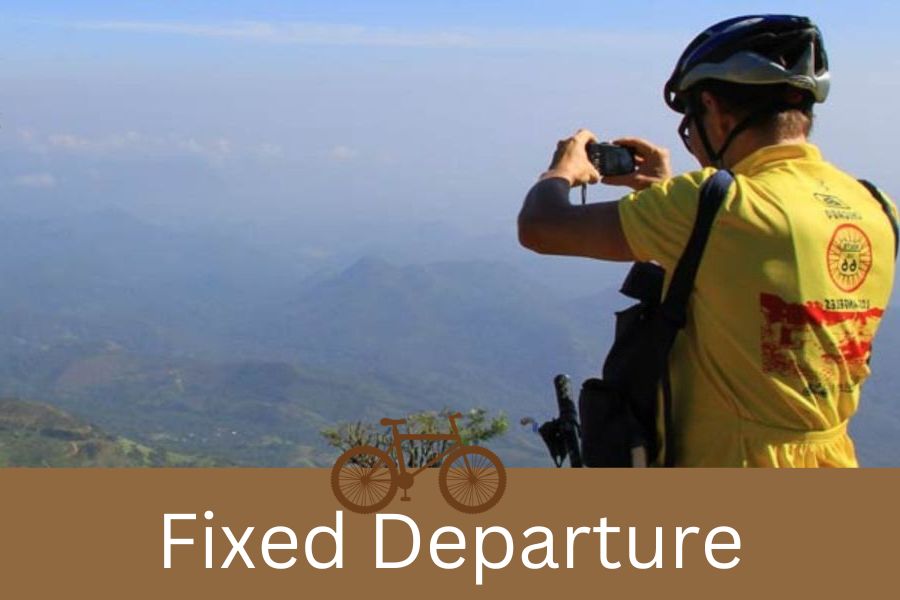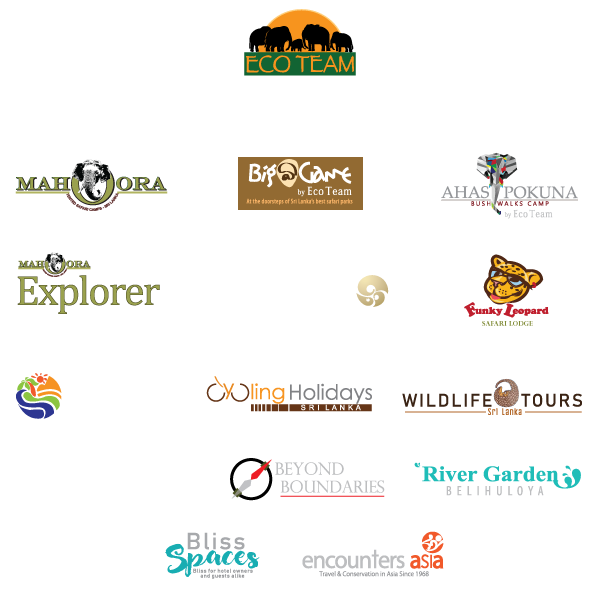Bundala National Park, with 6216 hectares of lagoons, scrub jungles, saltpans and marshes, is the most important wetland sanctuary in Southern Sri Lanka, and famous for its impressive biodiversity and prolific birdlife. It is here that the migratory birds are wintering - resting and feeding by the picturesque lagoons and intertidal mudflats. And the sea turtles are nesting on the remote beaches and golden sand dunes.
The park is also home to a small population of elephants. Roaming the open wetlands and secluded beaches, they are easy to spot. In Bundala, you'll have a good chance of spotting leopards, spotted deers, sambars, crocodiles, wild boar, mongooses, monitor lizards and monkeys too.
The area was declared a wildlife sanctuary in 1969 and, in 1991, Bundala became the first site in Sri Lanka to be designated a Ramsar wetland.
Located in the lowlands of Hambatota district about 250 km southeast of Colombo, Bundala National Park falls within the arid zone where the climate is hot and dry. The average annual rainfall is relatively low, ranging from 9,000 to 1,300 mm, and the driest season is between May and September.
The park consists of five shallow, brackish lagoons; interconnecting channels, saltpans, marshes and beaches. The vegetation is mainly dry thorny shrubs, but the biodiversity is immense: A total of 383 plant species have been recorded in the park, including 6 endemic and 7 endangered species.
Tour in brief
Initial meeting with the Ecoteam crew and the safari guide, a brief of the tour will take place in the entrance to the Bundala Safari. For the morning half-day tour, the starting time will be at 6 a.m. while the afternoon tour begins at 2.30 p.m.
After entering the national park with your guide in a jeep, you will be able to spot several species of birds and other animals that have made their homes in this sanctuary. The guide will explain about the various interesting attributes as you will learn and enjoy about the flora and fauna of Bundala.
You will be taken through most of the Bundala National Park, covering the wetlands, grasslands, forest patches, etc. We will make longer stops at certain watering holes for unique photography opportunities.
Finishing the safari, either round 11 a.m. or around 6 p.m. you will be dropped at the park entrance.

